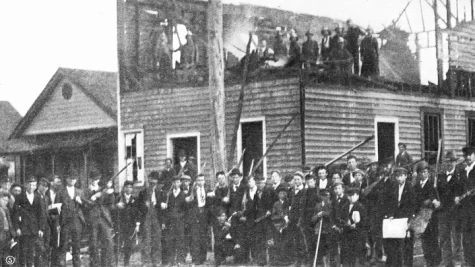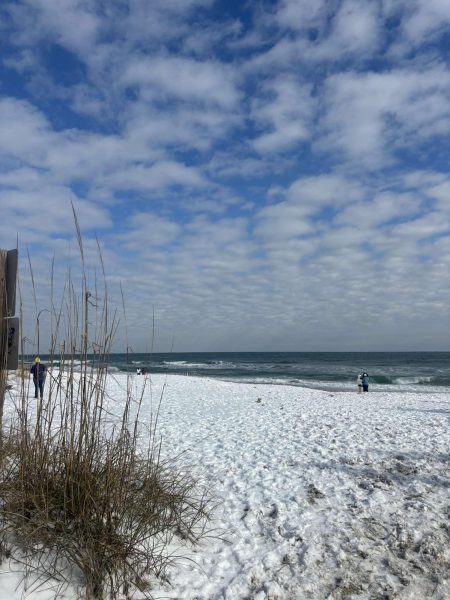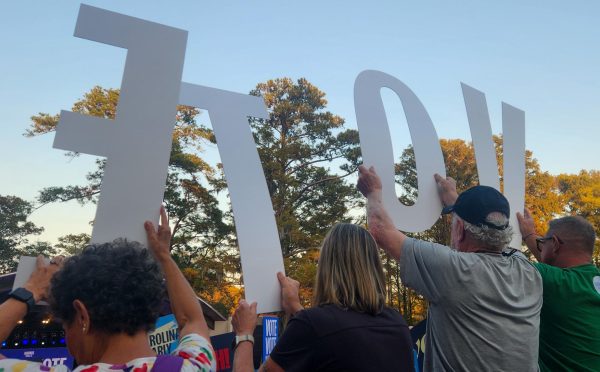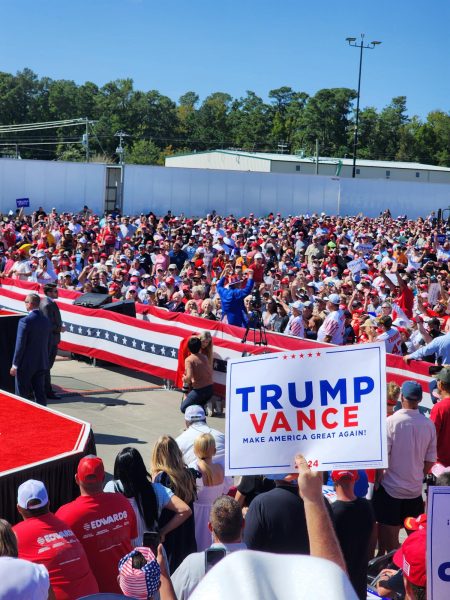The 124th Anniversary of the 1898 Wilmington Massacre
The city of Wilmington commemorated the 124th anniversary of the 1898 Wilmington Massacre on Nov. 10, 2022.
In the mid-1890s, the city of Wilmington’s government was run by the Fusionist party, a combination of the then-Republican party and the Populist party. This allowed reforms that led to a flourishing black middle class, making Wilmington home to black businesses, schools, and The Daily Record, the state’s only black-owned daily newspaper. Owned and operated by Alexander and Frank Manly, sources say The Daily Record was critical for the prosperity of the black community in Wilmington. An organization called the Third Person Project has been searching for the now-rare copies of the newspaper. They have located seven issues, three being the original paper copies and four being on microfilm.
On Nov. 10, 1898, a crowd of roughly 2,000 members of the then Democratic party invaded the second floor of Free Love Hall, the building that contained The Daily Record, and set it on fire. The attackers swarmed the rest of the city, killing what some reports indicate to be 60-300 victims. Colonel Alfred Waddell, a former confederate officer and leader of the massacre is known to have told his supporters to “choke the cape fear with carcasses.” The white supremacists stormed City Hall and forced the Republican Mayor, Silas P. Wright, along with both black and white government officials to resign. The events that took place in 1898 are believed to be the only successful coup in America.
A native of Wilmington and author of Solving the Race Issue in America, Dr. Herbert Harris is glad that focus is being brought to the Coup of 1898 through the commemoration events.
“Educational events are incredibly important because this information isn’t published in textbooks,” said Harris. “Without them, there is no context for events happening now.”

In his speech at the 1898 Church Revival Photo Exhibit, Councilman Kevin Spears noted that as we discuss the events of 1898, we must also draw focus on 1896 and 1897.
“That’s where the magic was,” said Spears. “The reconstruction era in Wilmington brought forth black doctors, lawyers, and successful businesses in a 60% black city filled with cohesion and unity. It was a snapshot of where we could be.”
The 1898 Church Revival Photo Exhibit was a momentous event for Wilmington. Photographs from the Sadgwar-Manly Bahá’í Collection were displayed in Wilmington for the last time before they were transferred to a museum in Chicago. They were preserved by members of the Bahá’í faith after they inherited the Sadgwar House after the passing of Felice Sadgwar. The photographs featured important community members such as pastors and family photo albums from the descendants of the 1898 massacre victims. This event provided an opportunity for living relatives of those who survived the massacre to see that the history of their family members is still remembered and honored.
Throughout November, New Hanover County and The City of Wilmington hosted commemoration events such as the “1898 Remembrance Project-Soil Collection Jars Display” at the Cape Fear Museum, the “1898 Church Revival Photo Exhibit” in the City Hall Council Chambers, and the “New Hanover County and City of Wilmington Wreath Laying Ceremony” in 1898 Memorial Park. Local non-profit The Alliance for Cape Fear Trees planted 124 trees in Pine Forest Cemetery to acknowledge its historic significance, as it was a slave cemetery used as a hiding place by many African Americans trying to escape the attack.
While these events cannot change history, they provide an opportunity to hold accountable the actions of the white supremacists who took over and to teach the next generation about what took place on Nov. 10 124 years prior.












Kevin Spears • Jan 17, 2023 at 6:06 am
Great story Emmy!